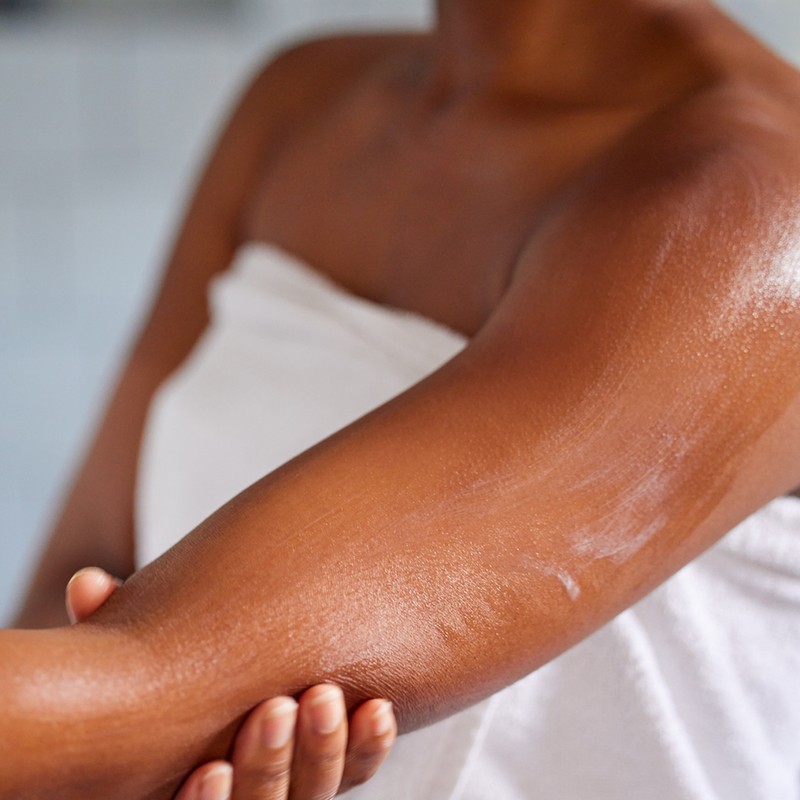A Dermatologist’s Guide To Treating Keratosis Pilaris
First – What Causes It?
Keratosis pilaris – otherwise known as KP or ‘chicken skin’ – often presents as little raised red bumps on the backs of the arms and thighs. Sound familiar? You’re not alone – studies show it affects 40% of adults, and it’s very common in people who suffer with eczema. “Keratosis pilaris tends to occur because skin cells aren’t turning over properly, leading them to block hair follicles,” explains Stewart Long, skincare expert for sensitive skincare brand Oodee. “In fact, ‘keratosis’ is the Latin word for too much keratin, and ‘pilaris’ means hair. Instead of being removed by the follicle, the keratin forms a plug, which leads to small bumps on the skin, often 1-2mm in size and usually the same colour as the skin, although they can be red. The skin will feel rough or have the feel of goosebumps.” Stewart also explains that one of the main causes of KP is genes, so you’ve probably inherited it from a family member.
What Causes A Flare-Up?
Dr Sophie Shotter, aesthetic doctor, tells us hormones play a part, as do seasonal allergies. “KP can worsen in pregnancy due to hormonal fluctuations and can also get worse during hay fever season.”
How Can You Treat It?
KP never really goes away. It’s tricky to cure but you can improve the appearance of it, which is easy to do by building an effecting routine and choosing the right products and ingredients. “One of the best ways to manage KP is by striking the right balance between moisturising and exfoliating,” adds dermatologist Dr Alexis Granite. “Body scrubs are a no-go – avoid a strong grain and exfoliating gloves, otherwise it could turn into eczema. And just like the skin on your face, body skin also needs a regular routine to ensure it stays as healthy as it can be.” Keeping the skin moisturised is key, agrees Dr Susan Mayou, consultant dermatologist at the Cadogan Clinic. “Eucerin Dy Skin Intensive Lotion is a fantastic product for KP as it contains urea, which softens keratin. Topical retinoids can also help by unclogging pores – look for products containing alpha-hydroxy acid (AHA) or lactic or salicylic acid.” Alexis, meanwhile, is a fan of CeraVe’s SA Smoothing Cream, which contains exfoliating acids to soften and remove rough, scaly skin in one swoop. “It’s clinically proven to deliver smooth-feeling skin in just three days, so is one to try if you need a last-minute fix,” she adds.
Anything Else?
Give your body some TLC, says Alexis. “The head and neck make up 9% of our skin surface area, meaning the majority is over the body but so many of us ignore this fact. Looking after and protecting your skin is vital to prevent dryness and bumps. One of the simplest habits to incorporate is to pat your skin after a shower, as opposed to vigorous towelling. Then apply your chosen moisturiser while the skin is still damp to help lock in moisture,” Alexis says. Go one step further and avoid hot showers and spending long amounts of time in water as this can dry out the skin and make KP look worse, says Susan. And finally, avoid squeezing the bumps, Sophie adds, which is as bad as squeezing a spot. “This can cause inflammation and damage the pore,” Sophie warns.
Are There Any Treatments That Can Help?
“In most people, KP clears up spontaneously by the age of 30,” Sophie continues. “But it’s something you’ll need to keep on top of. You should notice improvements fairly quickly if using a moisturiser with a chemical exfoliant, but it may be that you need something stronger. Most medical skin clinics offer chemical peels, which can help, while your GP may be able to prescribe a prescription strength retinoid.” Susan recommends chatting to your GP regardless of the severity of your condition. “Your doctor will be able to recommend an optimal treatment plan. For example, if there is redness on the skin surrounding the blocked follicles, a weak hydrocortisone cream can be very effective, although this would only be recommended for short-term use, such as before a special event.”
Finally – Can Nutrition Help?
While there’s a lack of studies linking nutrition with KP, research shows a diet rich in omega-3 fatty acids and antioxidants as well as staying hydrated can be helpful in reducing skin dryness. “Taking a high-quality omega-3 supplement will help address dry skin issues, which can be helpful to keep the skin supple, while vitamin A is also important as it regulates keratinisation,” adds Sophie. “Take this alongside vitamins D and K2 to keep your fat-soluble vitamins in balance.” Just be wary of cutting back on gluten, concludes dietitian Sophie Medlin, as there is zero evidence to suggest this can help KP. “Despite what you may read online, there is no miracle diet for keratosis pilaris. Gluten is often viewed negatively, especially in the context of skin issues, but cutting it out can have a significant impact on your nutritional status and bowel health. If you suspect a gluten sensitivity is at play, never take an intolerance test as these are not evidence based. Instead, chat to your GP or a registered dietitian.”
For more information visit Oodee.com, DrSophieShotter.com, DrAlexisGranite.com, CadoganClinic.com and CityDietitians.co.uk
Shop Our Product Edit
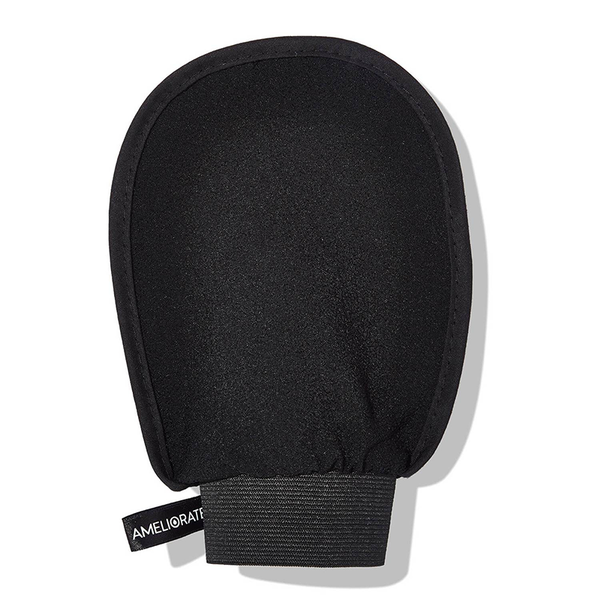
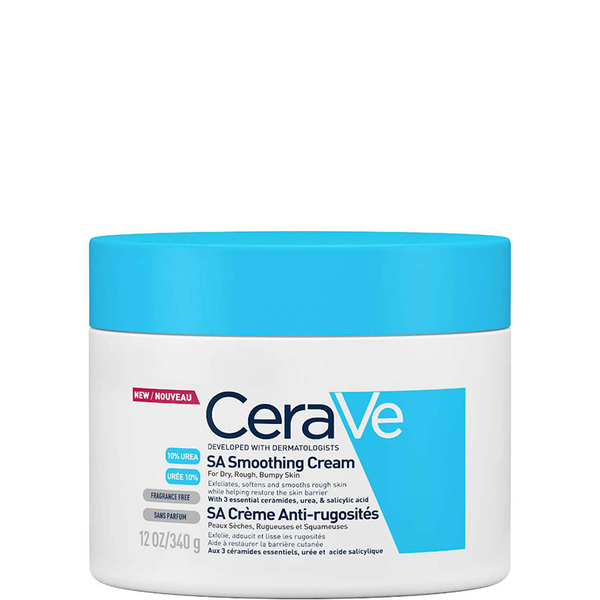
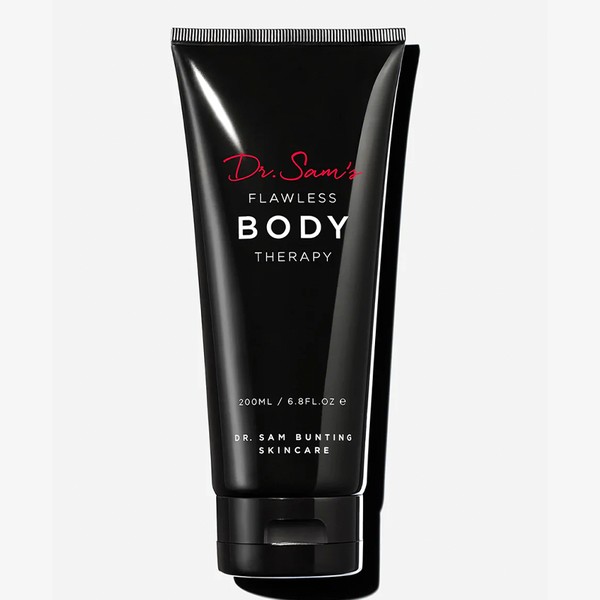
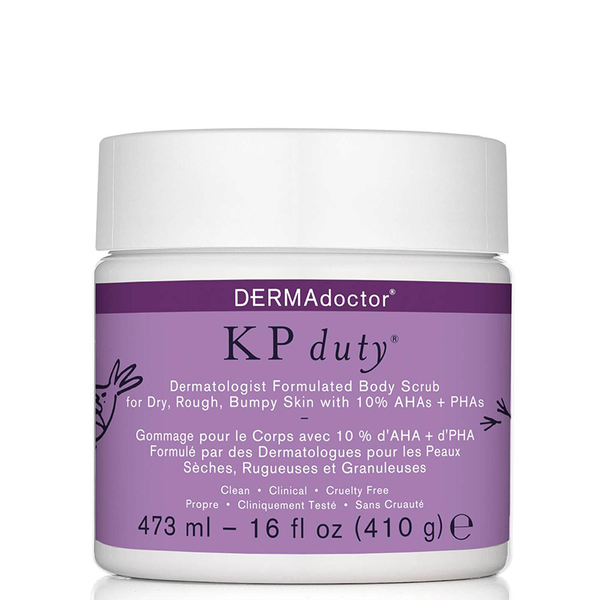
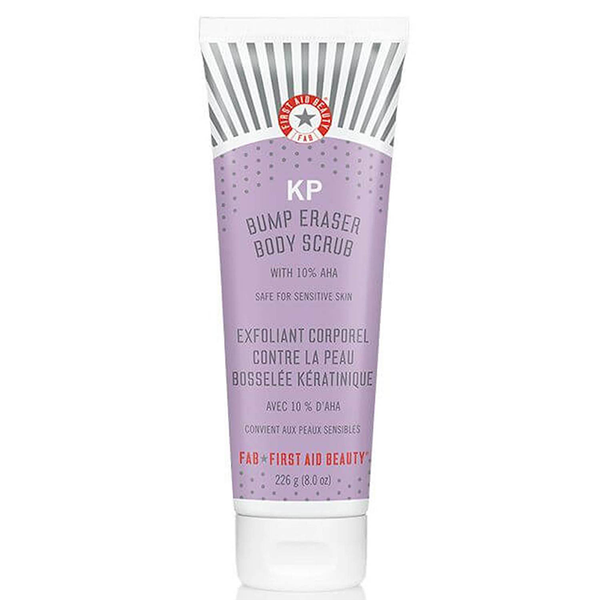
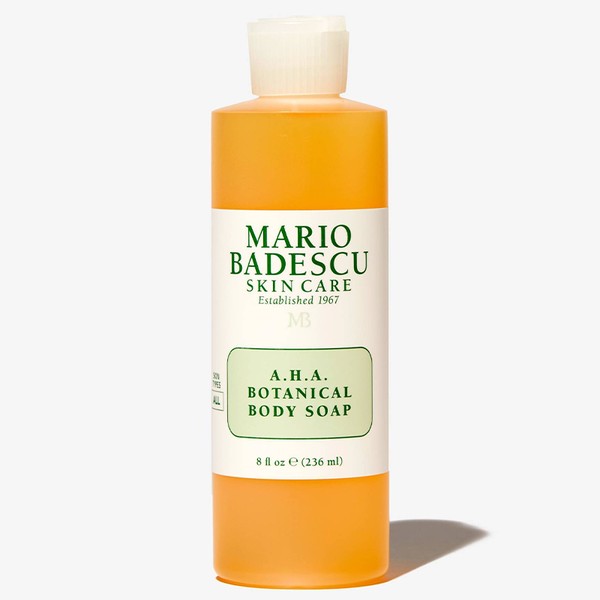
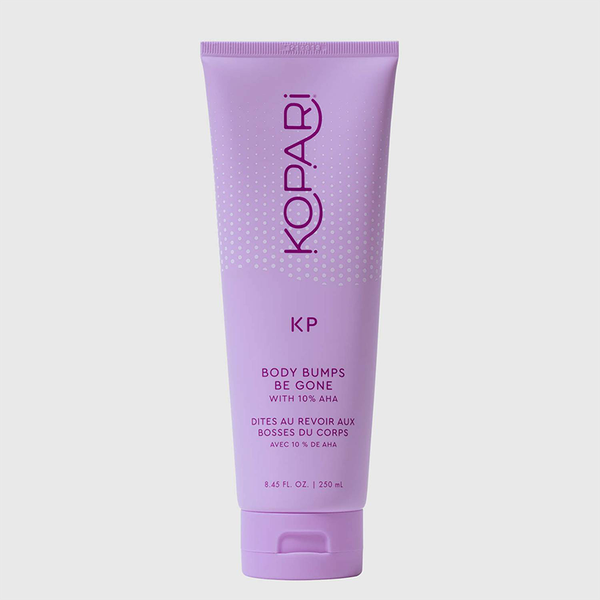
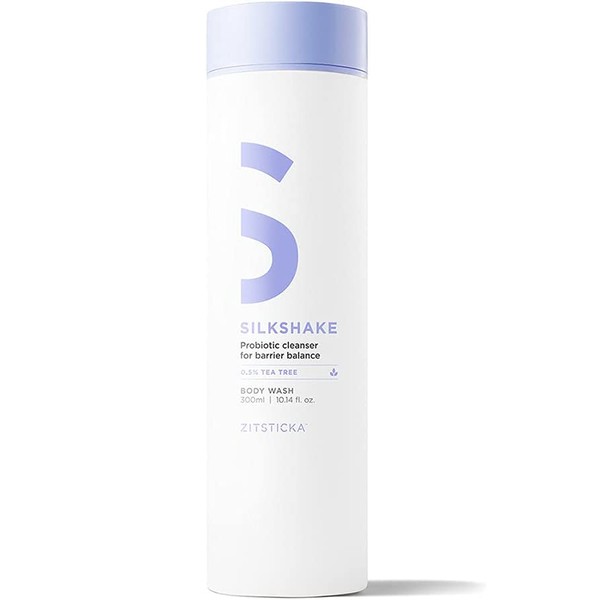
DISCLAIMER: We endeavour to always credit the correct original source of every image we use. If you think a credit may be incorrect, please contact us at info@sheerluxe.com.
